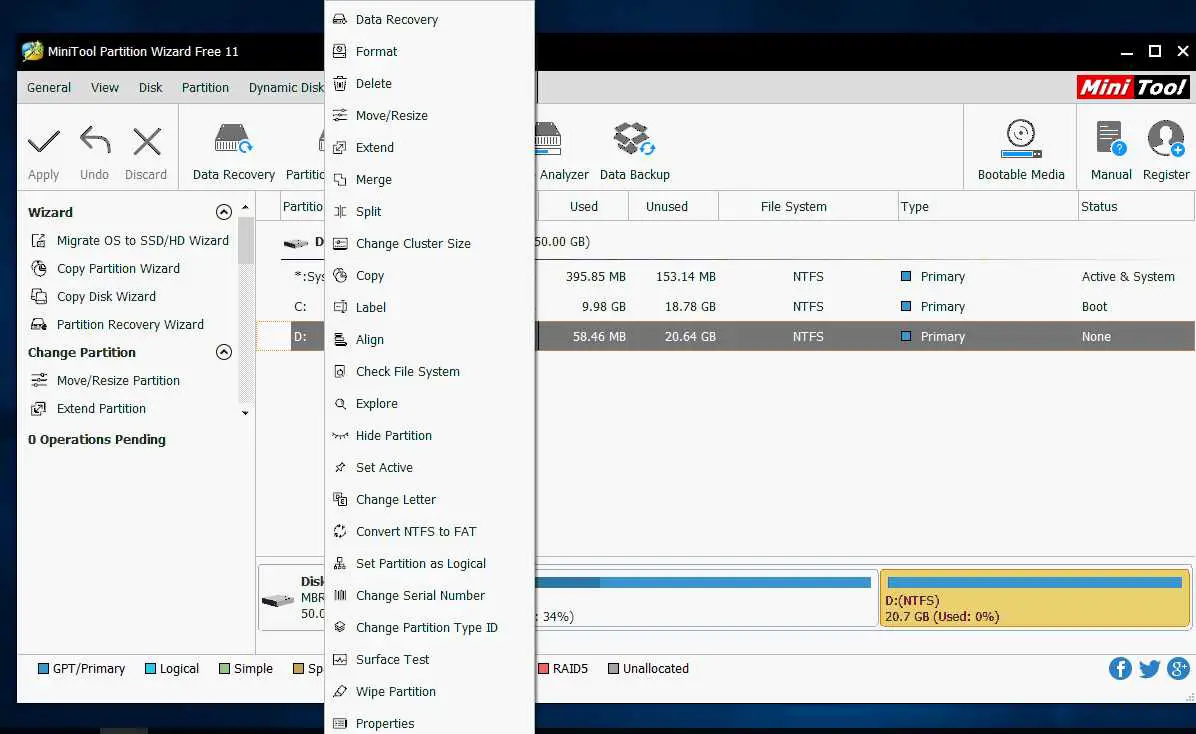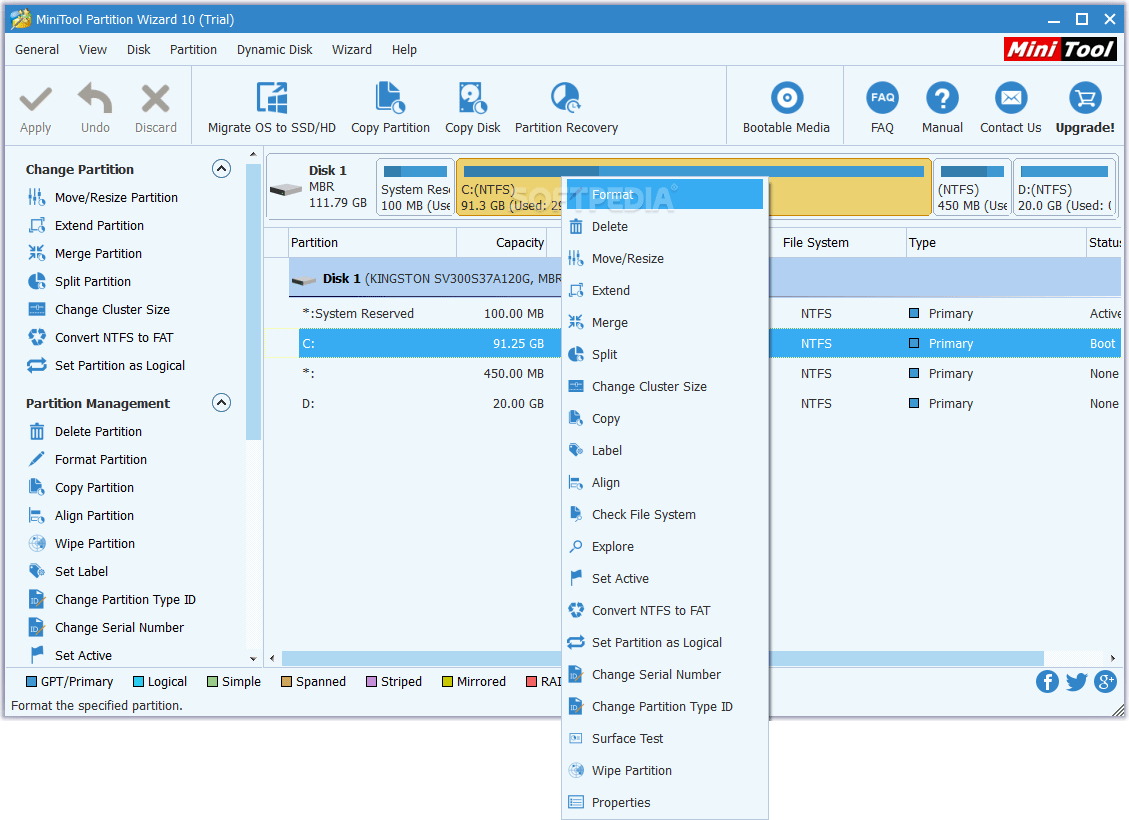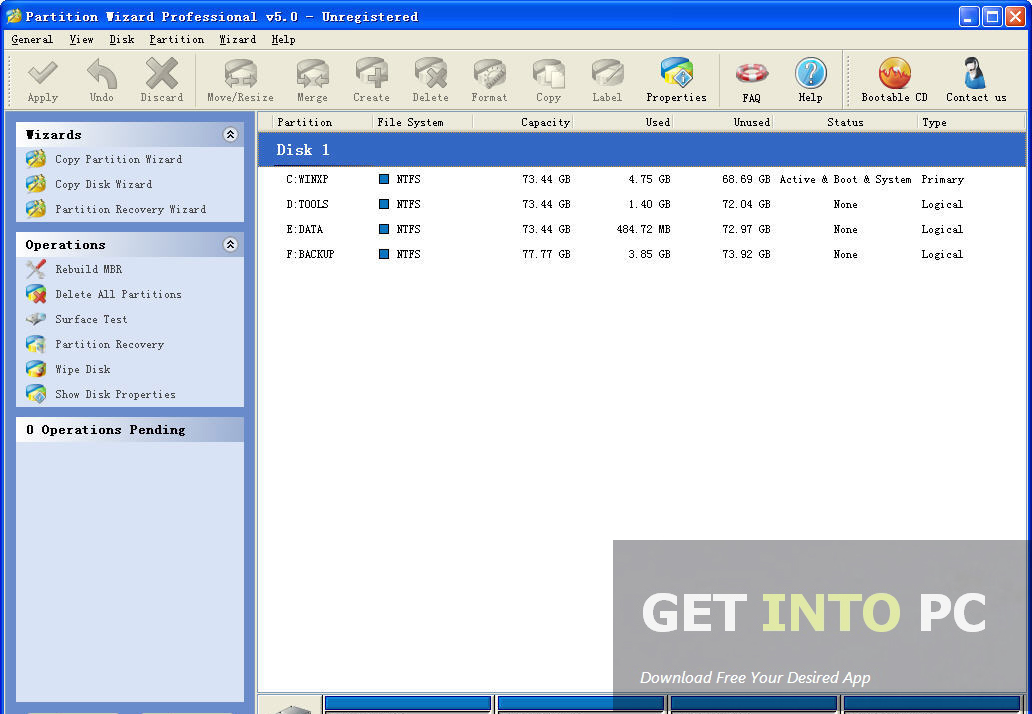

Next, start to clone a failing hard drive with bad sectors by following the steps below. Related post: Can We Remove Bad Sector from Hard Disk Permanently? E refers to the drive letter of the target drive. Just run Command Prompt with admin rights and execute the command - chkdsk e:/f /r. To successfully do this thing, you had better first shield bad areas on the target hard disk. When the software finds bad sectors, it won’t stop working but continue the cloning process. With its Clone Disk, you can transfer all the contents including your data, system, and apps from a hard drive to another hard disk to prevent data loss. It is a piece of free backup software and also hard drive cloning software. How to clone hard drive before replacing it? To easily and successfully clone a drive that has bad sectors, here we recommend using MiniTool software – MiniTool ShadowMaker. Related post: Bad Sector – the Place Where Data Can't Be Written into How to Clone Drive with Bad Sectors According to some users, they run some software to clone a bad hard drive but get the failure to copy error and the program stops cloning. The important thing is to use professional and reliable hard drive cloning software.

Then, a question comes: can a bad hard drive be cloned or can you clone a hard drive that has bad sectors? Of course, you can do this thing. One common way is cloning a bad hard drive to another good hard drive to avoid data loss. Can I Clone a Hard Drive with Bad Sectors Once the hard drive is failing with bad sectors, the necessary thing is to back up the data in time.

Related article: Here Are 6 Signs Indicating Hard Drive Failure, Check out Nowīad sectors mean the disk sectors on a disk storage unit are damaged permanently. Sometimes if you perform a disk test, some bad sectors may be detected. For example, the hard drive has a beeping sound, you get a SMART hard drive error like SMART Failure Predicted on Hard Disk or SMART hard disk error 301, etc.

When you are working or playing on the PC, you may receive some signals to indicate that the hard drive may be failing.


 0 kommentar(er)
0 kommentar(er)
